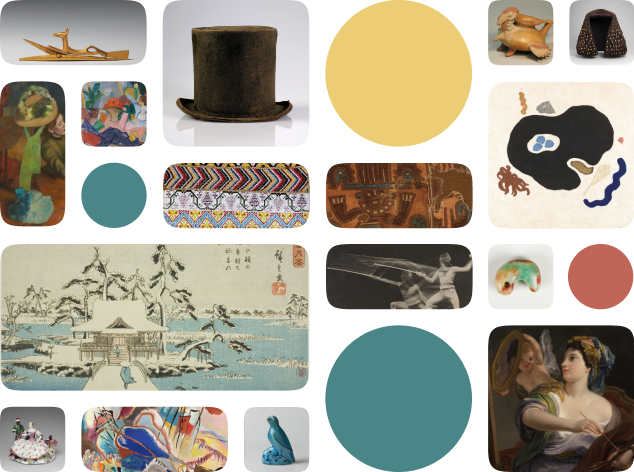Esther before Ahasuerus
Creator Name
Cultural Context
Date
Source
About the Work
“I will show your illustrious lordship what a woman can do.” With these words, written in a letter to a patron, painter Artemisia Gentileschi evoked her status as both a wonder and an oddity – a rare woman artist in 17th century Europe. Gentileschi often painted Biblical themes for elite patrons, such as this depiction of the story of Esther. Esther appears before her husband, Persian king Ahasuerus, to appeal to him not to carry out a pogrom against Jewish subjects. While scholars typically focus on the gendered aspects of Gentileschi’s work, this painting also reveals – or rather, conceals – racial histories. Gentileschi had originally painted an African servant in the middle of the portrait, then painted the figure out. There was a rise in representations of Black people in early Modern European painting, a reflection of the expanding importance of the transatlantic trade in enslaved African people.
Work details
Title
Creator
Worktype
Cultural Context
Material
Dimensions
Technique
Language
Date
Provenance
Style Period
Rights
Inscription
Location
Source
Subjects
Topic
Related Content
All Works in Curationist’s archives can be reproduced and used freely. How to attribute this Work:
Help us improve this content!
Save this work.
